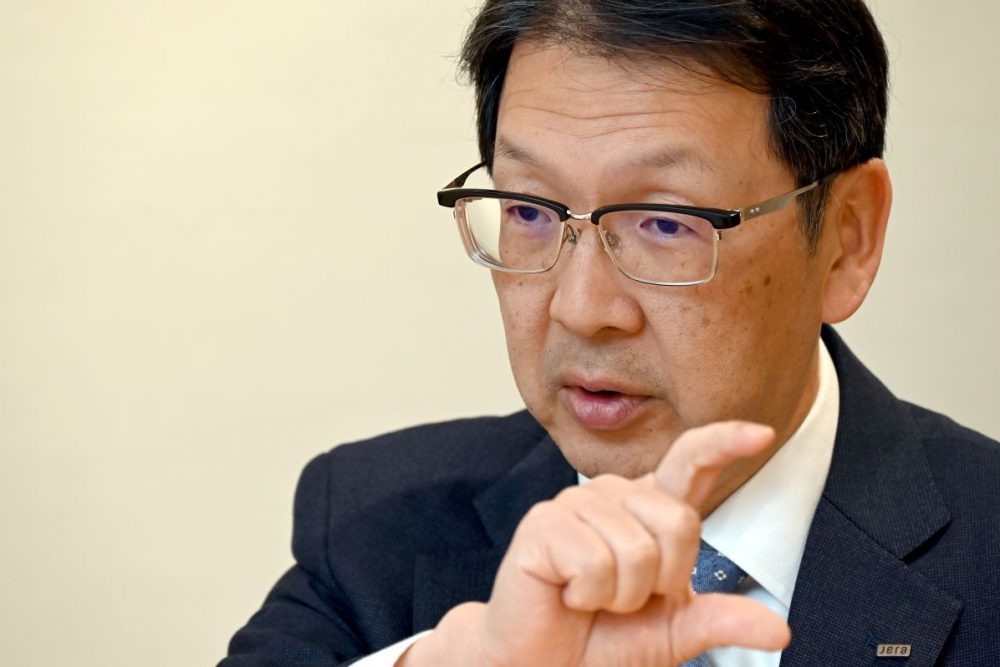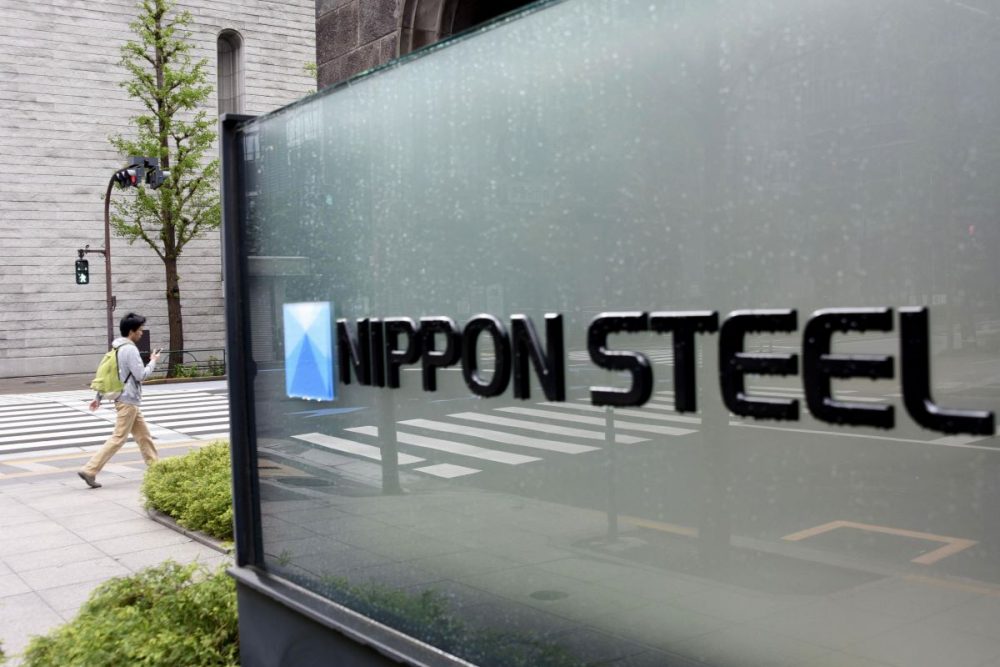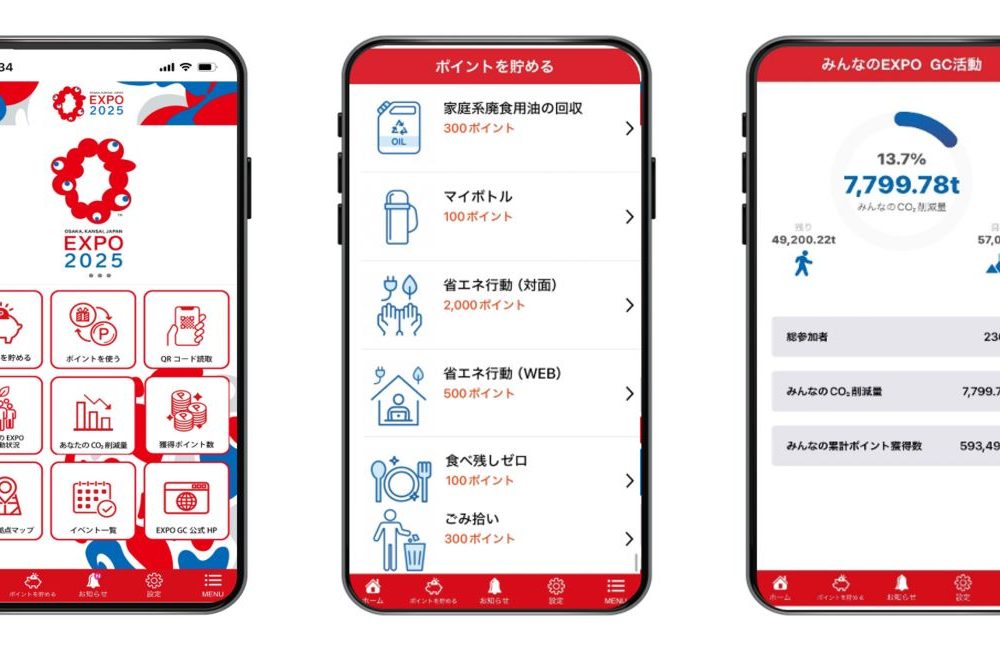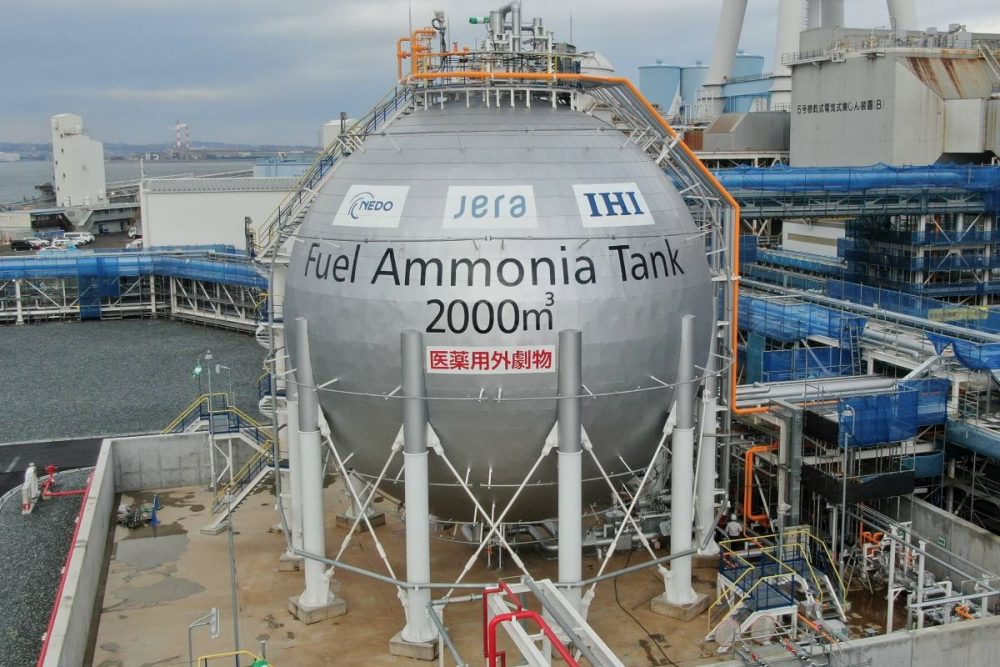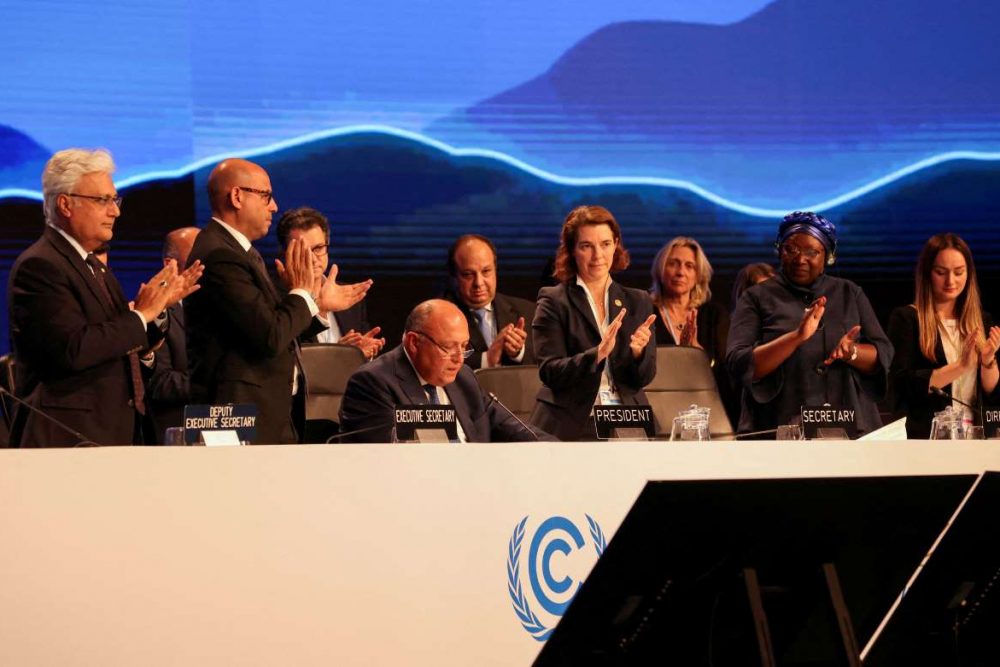New Label Scheme Enhances Visibility of Emissions Reductions in Agriculture
A new label will soon adorn produce on sale in stores, as the government begins a new scheme to inform consumers of emissions from agricultural products.
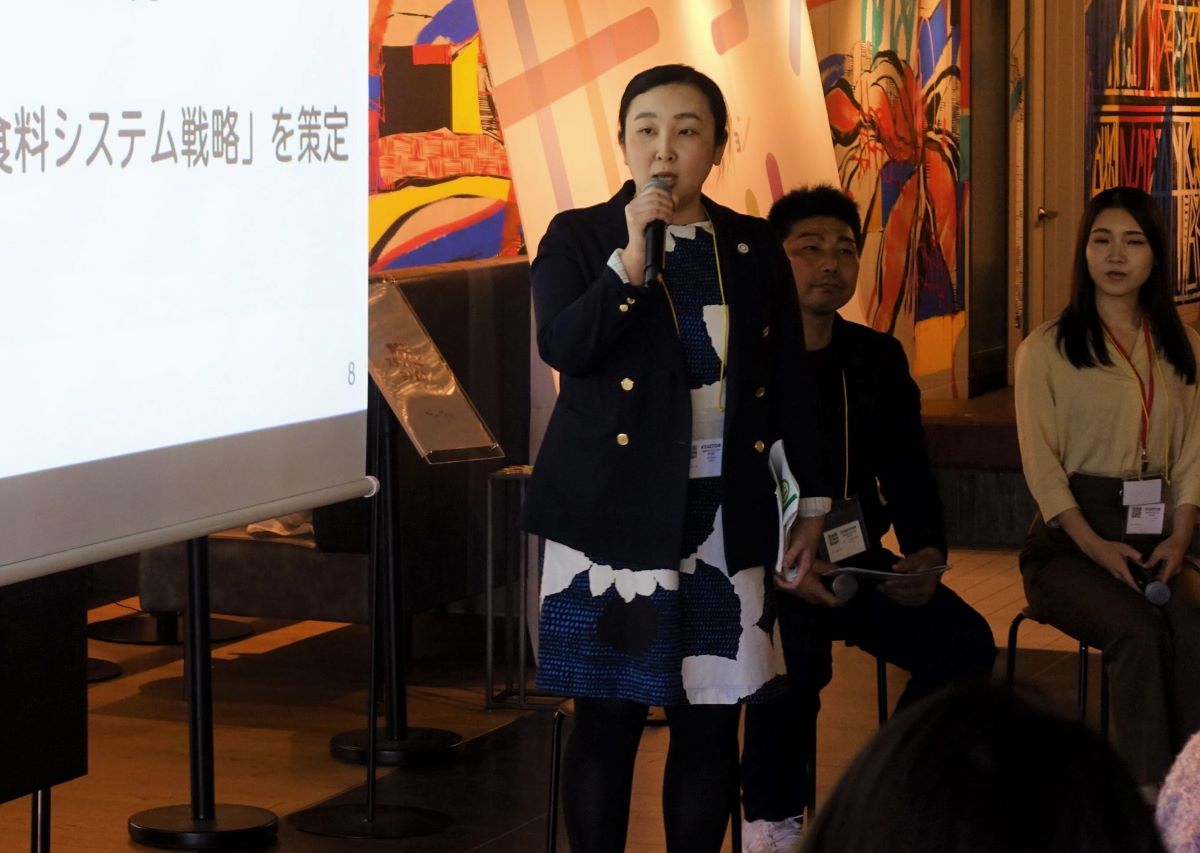
このページを 日本語 で読む
To raise awareness on decarbonization initiatives in agriculture, the Ministry of Agriculture, Forestry, and Fisheries (MAFF) has created a new label. As efforts to reduce greenhouse gas emissions progress, the scheme could lead to the reexamining of conventional production and distribution. Full-scale implementation is set to begin in March. These "visualization" labels are to be affixed to agricultural products and packaging, aiming to inform consumers at the point of sale.
The New Label
The labels target 23 items including rice and tomatoes. They will display GHG reduction effects based on cultivation management records.

Efforts that reduce emissions by more than 5% compared to conventional farming practices in a region receive one star. Reduction rates over 20% receive a maximum of three stars.
For rice, labels will also indicate the level of contribution to conserving biodiversity through reduced pesticide use. Producers welcome the new system that makes it easier to quantify and communicate their efforts.
Agriculture Sector Emissions Need Measures
GHG emissions from the agriculture, forestry, and fisheries sector total approximately 50 million tons of carbon dioxide (CO2) equivalent annually. This makes up roughly 4% of the country's total emissions.
Particular measures are needed for nitrous oxide (N2O) and methane. N2O has a global warming potential (GWP) that is 300 times stronger than CO2, while methane's GWP is roughly 25 times stronger. Both are emitted from cultivated fields and rice paddies.
MAFF formulated the Strategy for Sustainable Food Systems, dubbed the MIDORI Strategy, in 2021. The ministry has been holding related events in an attempt to reach consumers.
A government official from the Strategy for Sustainable Food Systems group at MAFF, explained the new label. "We want consumers doing their daily shopping to be able to easily choose products made by sustainable agriculture practices," she stated.
このページを 日本語 で読む






